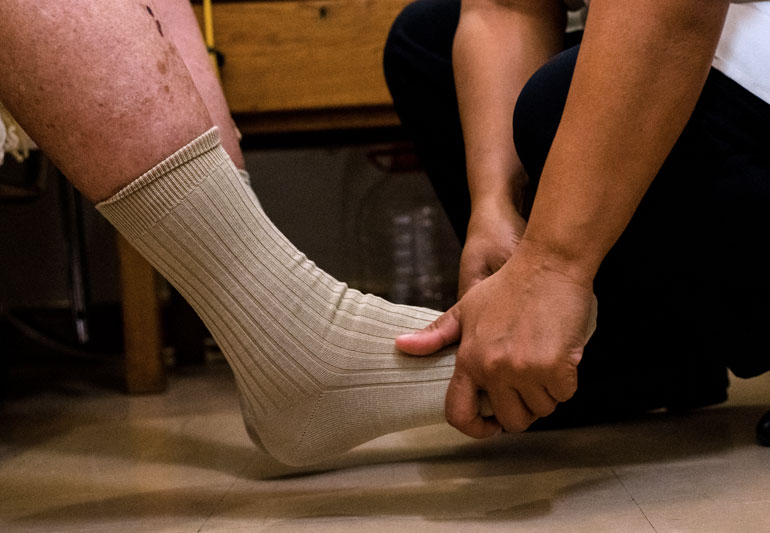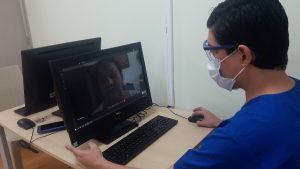What Are Drop Foot and Four Ways To Solve It?

Drop foot describes an abnormal neuromuscular (nerve and muscle) disorder that affects the patient’s ability to raise the foot to ankle height. The pendular foot is further characterized by an inability to point the toes toward the body (dorsiflexion) or move the foot at the ankle inward or outward. The loss of function may be accompanied by pain, weakness, and numbness, and, in most cases, sensory impairment at that level.
Walking becomes a challenge due to the inability to raise the toe. The foot is in a flaccid state, and it isn’t easy to perform movements at the level of the foot and toes. When you have foot drop, most of the time, your gait is wholly modified to avoid tripping or falling.
Common causes of foot drop include neurological injuries such as stroke, traumatic brain injury, and spinal cord injury. In addition, the event disrupts the central nervous system’s ability to send signals to the foot that control dorsiflexion, making movement difficult or impossible.
A localized injury, such as a pinched nerve, can also cause a foot drop. In addition, in some cases, a foot drop can be caused by muscle disorders such as muscular dystrophy.
Understanding the cause of foot drop is critical to recovery because treatment and drop foot shoes must be tailored accordingly. For example, treatment for foot drop after stroke will be different from treatment after nerve injury.
Below are some of the available treatments for foot drop, organized from least to most invasive.
1. Drop foot exercises
Drop foot exercises focus on practicing movements that involve dorsiflexion. Exercising your foot is a safe and non-invasive way to improve foot drop, especially after a neurological injury such as a stroke. By practicing drop foot exercises, you can retrain your brain and nervous system to control your foot again.
2. Functional electrical stimulation
Functional electrical stimulation involves the application of electrical currents to nerves and muscles through the skin. For example, it has been shown to help improve foot drop and gait in stroke patients.
Work with a physical therapist to learn where to place the electrodes. Then, depending on which muscles are affected in the foot and leg, they will be adjusted accordingly.
3. Foot and ankle splints
Foot and ankle splints provide support for the foot so it doesn’t drag on the floor, which helps improve your safety. If your therapist recommends a foot drop splint, you should listen to them.
However, splints are considered a crutch and encourage dependence on the brace. In addition, when the foot and lower leg muscles are neglected, they often make conditions worse.
To prevent the condition from worsening, the use of a splint should be accompanied by regular drop foot exercise and according drop foot shoes to promote recovery and avoid unlearned non-use.
4. Surgery
Surgery for drop foot rehabilitation
When foot drop is caused by compression of the peroneal nerve, surgery may be performed to improve the condition. Surgery can help relieve pressure on the nerve, which can restore dorsiflexion.
While surgery is considered simple, it is also invasive. Therefore, try to exhaust your attempt at recovery through non-invasive foot drop exercises before considering surgery.



